Abstract:
The physico-chemical and bacteriological parameters of the water in Taladanda canal and associated water-borne diseases,from which the dwellers have suffered,were studied,by using statistical method. Overuse and the addition of the wastes with sources from urbane industrial sectors,as well as the decrease in water level have caused the canal water quality declined drastically and subsequently led to extensive eutrophication and bacterial contamination. According to the water sample analytical results,the water is lightly acidic with the pH value of 4.5~6.7. The measured indexes,such as total dissolved solid (TDS),electrical conductivity (EC),total suspended solid (TSS),Mn,Zn,Al,Fe,Cu,Cr,and Hg etc,mostly have very high concentrations which are higher than permissible limit,indicating that the canal water is completely unsuitable for human consumption. Furthermore,the biological analysis shows that the total coliform (TC) is in the range of 45.9~30.2 in per 100 mL water in April,30.5~25.3/100 mL in July and 52.9~35.4/100 mL in December,respectively. Similarly,fecal coliform (FC) ranges from 12.8 to 10.1,10.5~7.5 and 13.1~6.4 per 100 mL water in the months of April,July and December respectively. As a result,people who use the water have suffered from different water-borne diseases. On the basis of disease data derived from hospital observations in a period of three years,there had been 4 284 people affected by different water-borne diseases from 2016 to 2018.
 E-mail alert
E-mail alert Rss
Rss
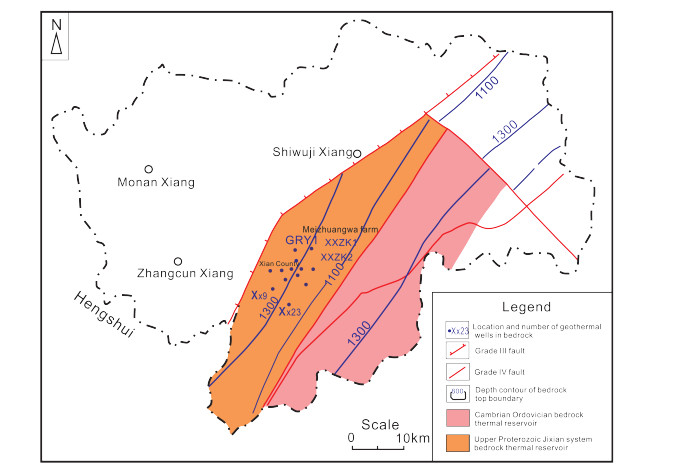


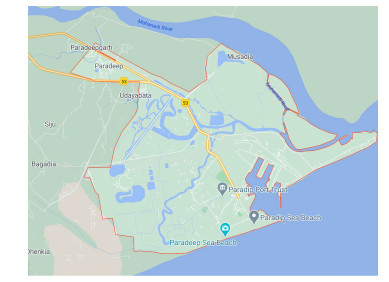

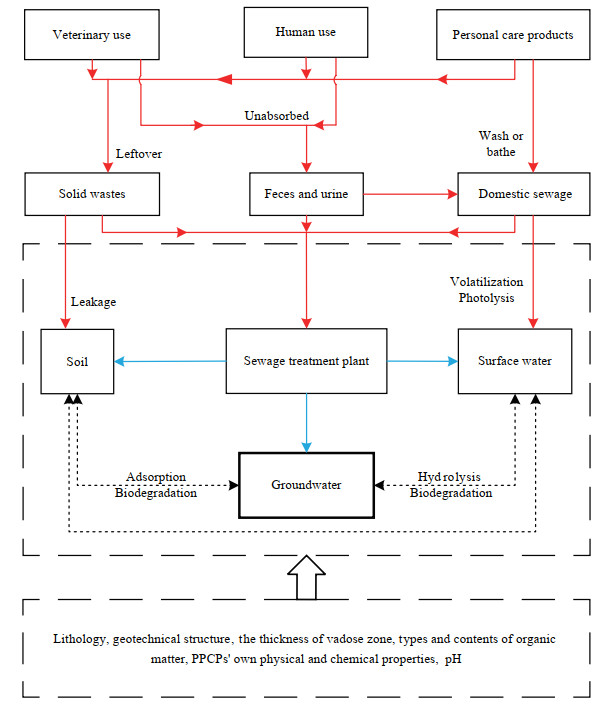
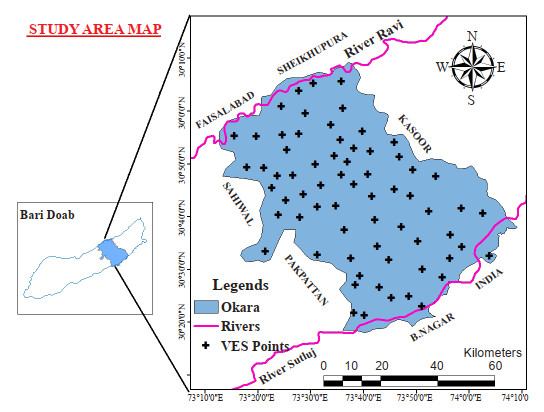
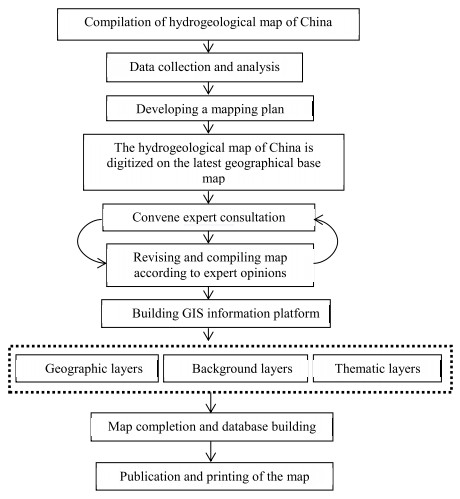
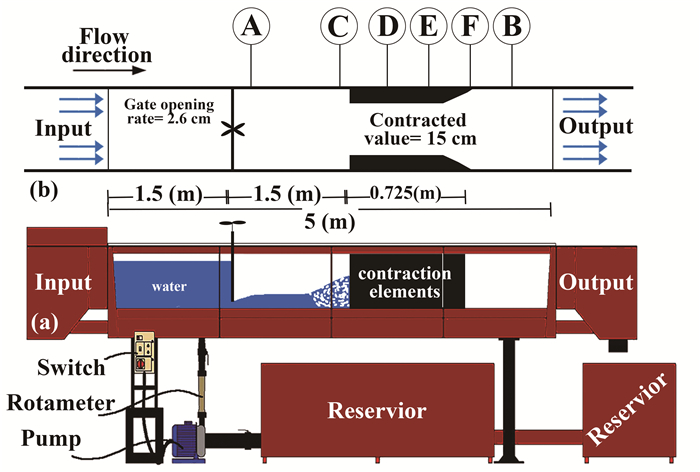

 Online Submission
Online Submission Peer Review
Peer Review Office Work
Office Work Editor-in-chief
Editor-in-chief News
News Download
Download Links
Links





